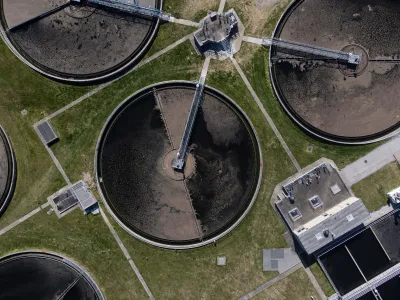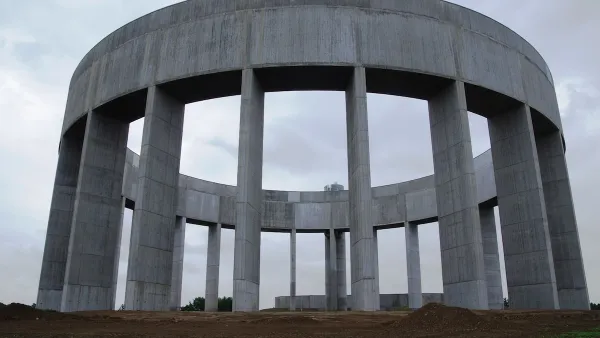The state needs close to $8 billion over the next two decades to maintain and modernize its rural water infrastructure.

Writing for Louisville Public Media, Ryan Van Velzer highlights the growing crisis in Kentucky’s water systems. As Van Velzer explains, “The average age of a water treatment plant in Kentucky is 38 years old, the average water main is 40 years old, and the state still has an estimated 40,000 lead service lines.”
Van Velzer adds, “Many of the state’s water utilities lack the rate structures and customer bases to cover the costs of repairs; they just don’t cover enough people to make up the difference. That results in deficient systems, deferred maintenance and a ballooning backlog of repairs.”
According to the U.S. Environmental Protection Agency, the state should spend more than $7.8 billion to bring its water systems up to date over the next 20 years.
The problem extends to staffing, too. “A survey from last year found only 20% of the state’s water utility workforce was under the age of 35. More than a third of operators and managers plan to retire in the next six years,” signaling a coming staff shortage.
FULL STORY: Kentucky’s rural water systems are struggling, lacking skilled labor and funding

National Parks Layoffs Will Cause Communities to Lose Billions
Thousands of essential park workers were laid off this week, just before the busy spring break season.

Retro-silient?: America’s First “Eco-burb,” The Woodlands Turns 50
A master-planned community north of Houston offers lessons on green infrastructure and resilient design, but falls short of its founder’s lofty affordability and walkability goals.

Delivering for America Plan Will Downgrade Mail Service in at Least 49.5 Percent of Zip Codes
Republican and Democrat lawmakers criticize the plan for its disproportionate negative impact on rural communities.

Test News Post 1
This is a summary

Test News Headline 46
Test for the image on the front page.

Balancing Bombs and Butterflies: How the National Guard Protects a Rare Species
The National Guard at Fort Indiantown Gap uses GIS technology and land management strategies to balance military training with conservation efforts, ensuring the survival of the rare eastern regal fritillary butterfly.
Urban Design for Planners 1: Software Tools
This six-course series explores essential urban design concepts using open source software and equips planners with the tools they need to participate fully in the urban design process.
Planning for Universal Design
Learn the tools for implementing Universal Design in planning regulations.
EMC Planning Group, Inc.
Planetizen
Planetizen
Mpact (formerly Rail~Volution)
Great Falls Development Authority, Inc.
HUDs Office of Policy Development and Research
NYU Wagner Graduate School of Public Service





























